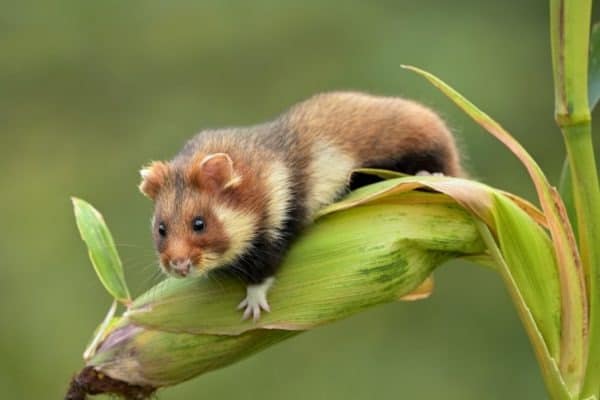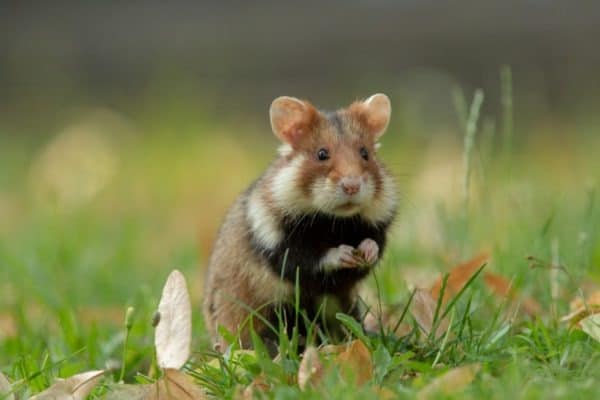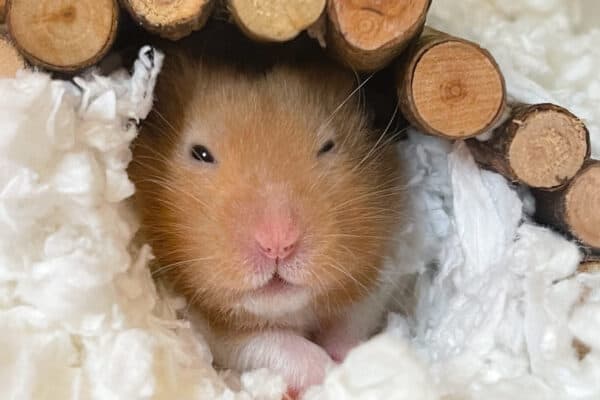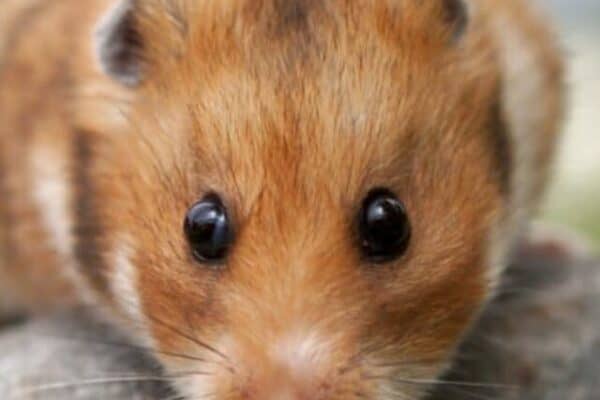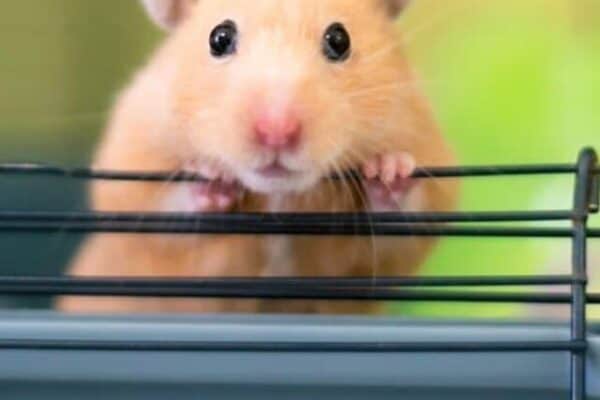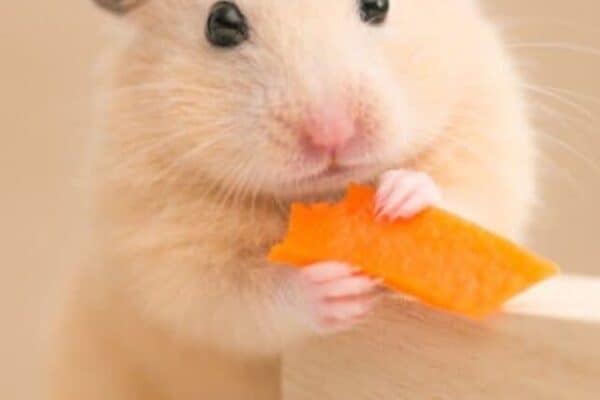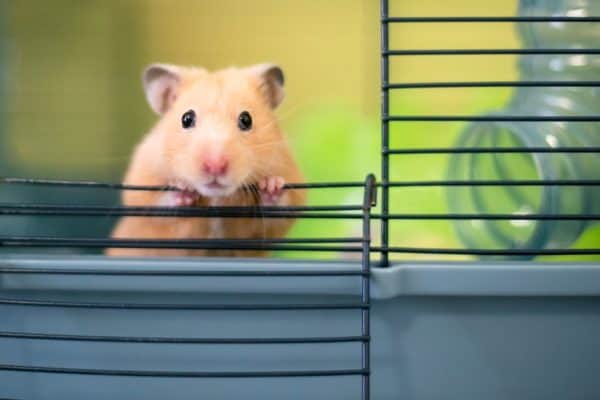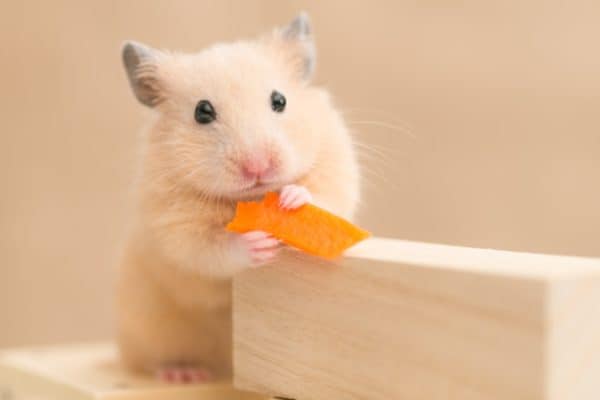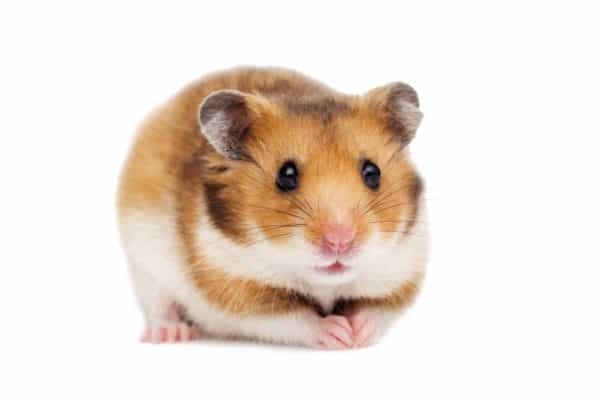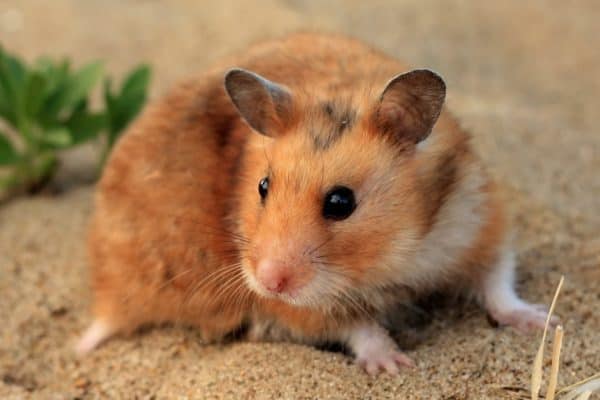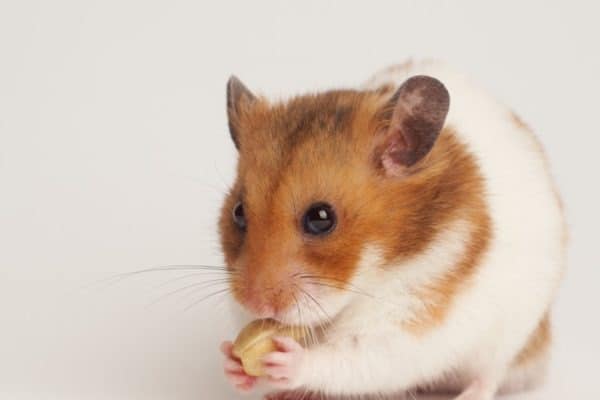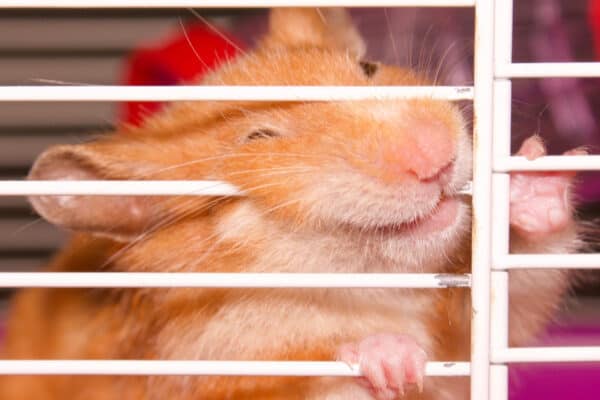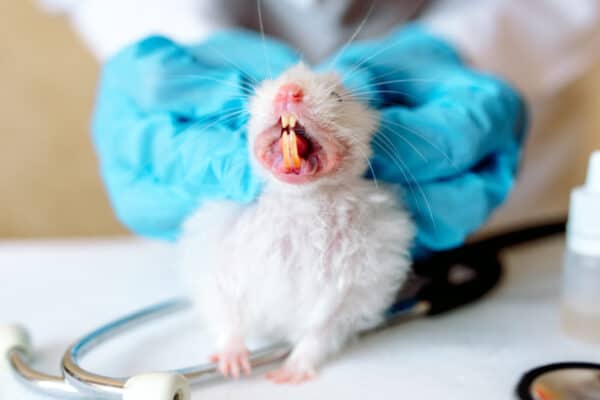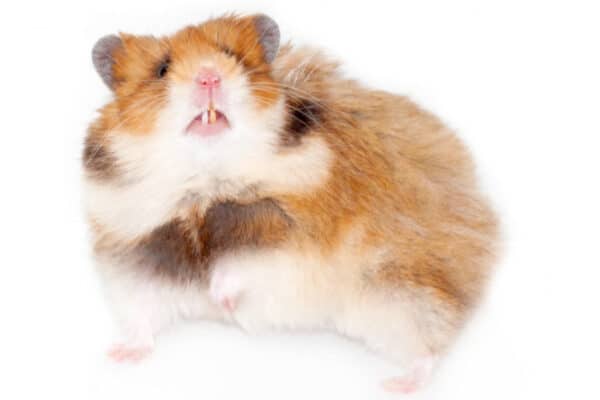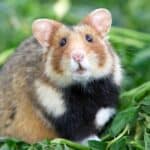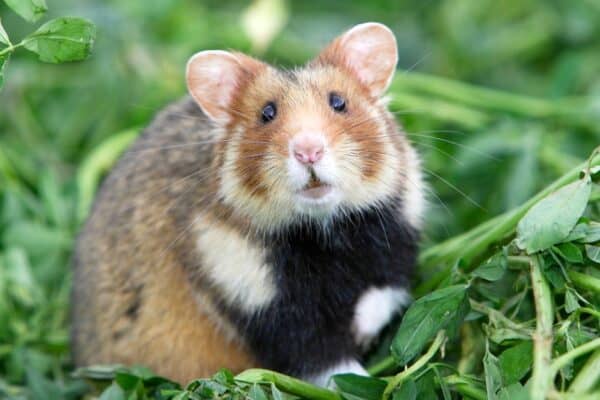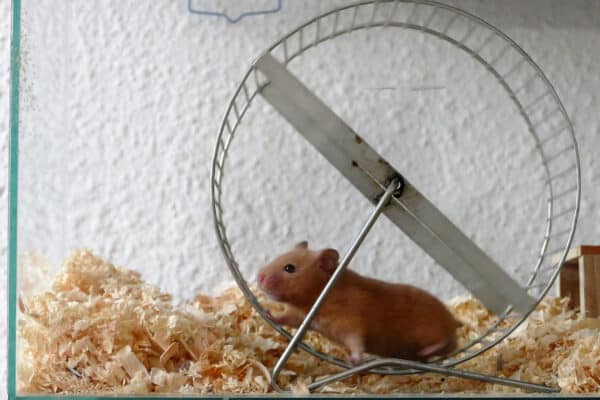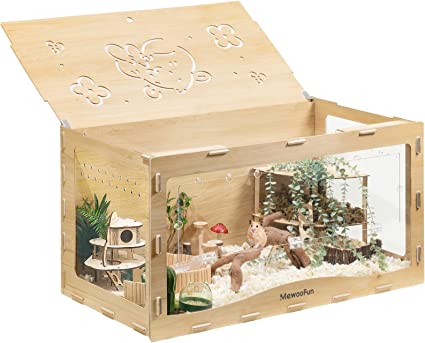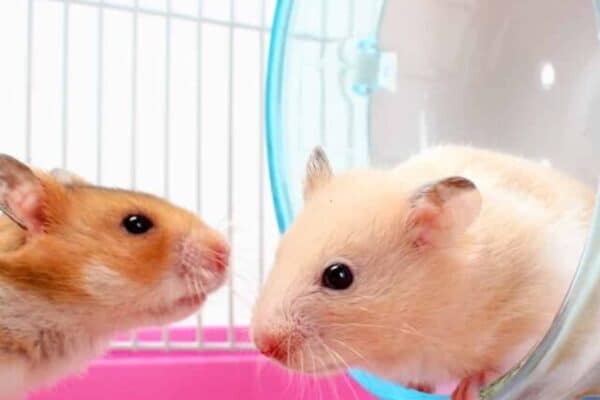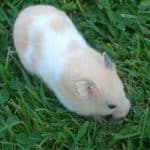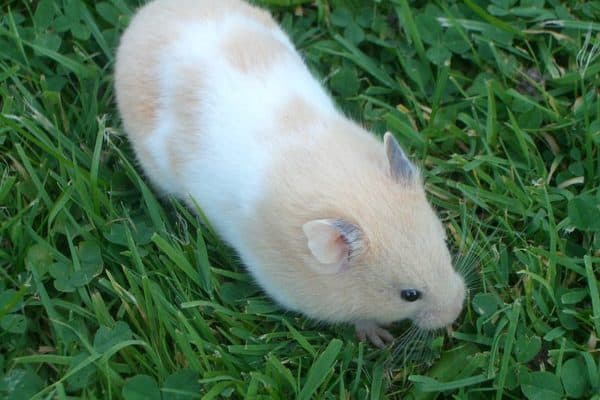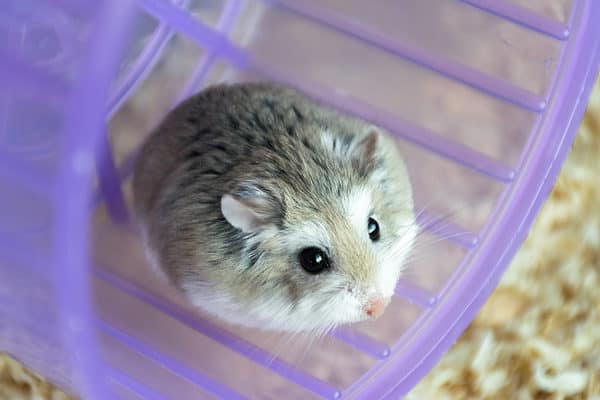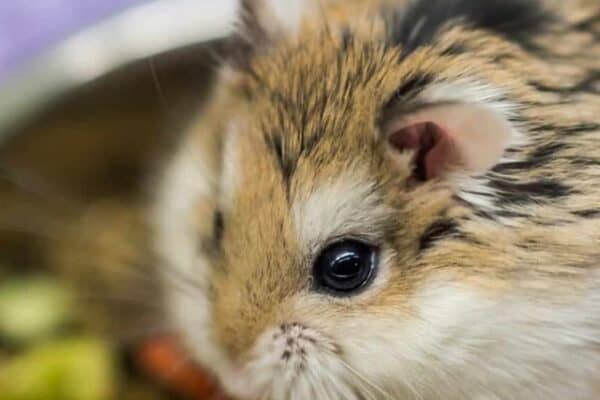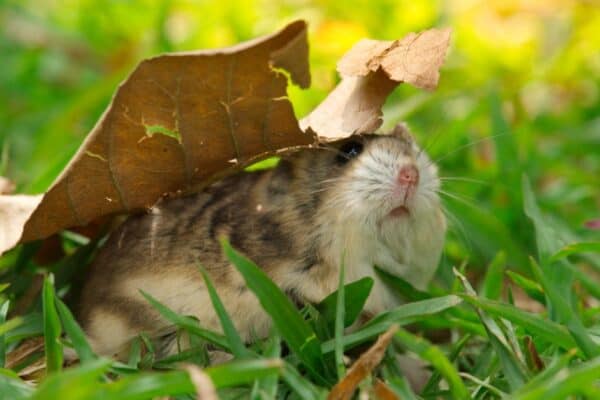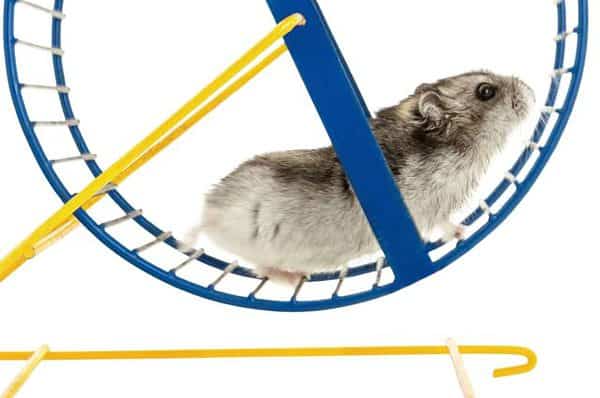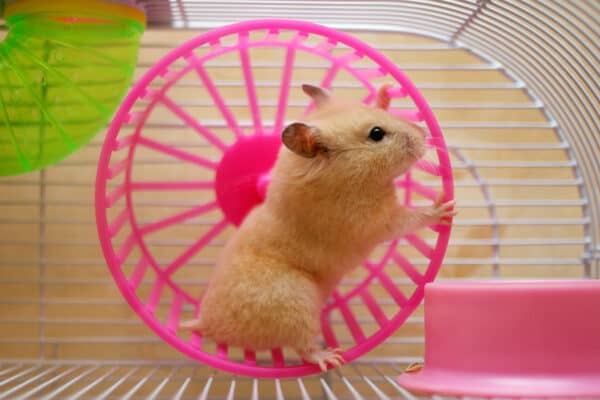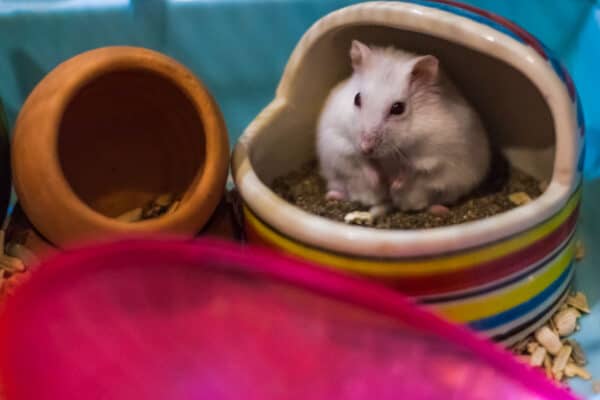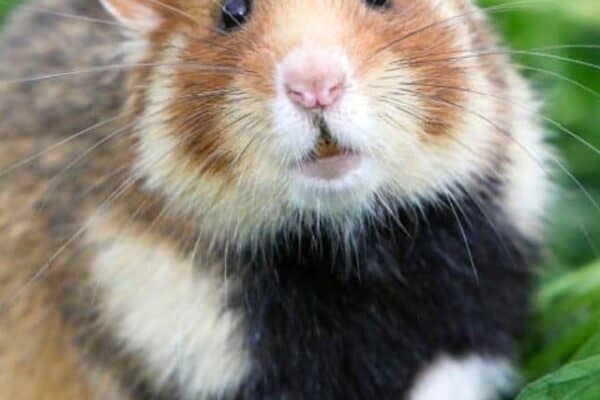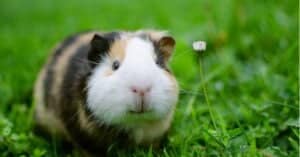A hamster is a small, adorable animal that has quickly become one of the most popular pets in recent years. Hamsters come in a variety of breeds and sizes, from the common Syrian hamster to dwarf hamsters such as the Roborovski and Chinese varieties. Hamsters are typically nocturnal animals, meaning they are active during night hours and sleep during much of the day. They can be friendly and interactive with their owners when handled properly. When it comes to diet, these little creatures mainly eat hay or grasses along with vegetables, fruits, grains, nuts, and seeds. Hamsters also need plenty of exercises so providing them with an appropriate-sized wheel for running is important for their health and well-being!
Hamster Cheeks
Hamsters are small, furry rodents known for their ability to store food in a cheek pouch. This special pouch is located on either side of the hamster’s face and can be filled with large amounts of food! Hamsters use this pouch when they need to transport food from one place to another. They also use it as a storage system that allows them to keep extra food close by while they’re out looking for more.
The reason why hamsters have evolved such an adaptation is likely due in part to the nomadic lifestyle many species lead. As these animals scour their environment for sustenance, having access to a quick snack can help them maintain energy levels throughout the day or between meals. Furthermore, having this pocket-like structure helps protect any snacks found from predators or other scavengers, ensuring that the hamster will get its fill before anyone else does!
Hamster Tunnels
In the wild, hamsters are expert diggers capable of creating intricate underground networks. These systems can be up to 6 feet deep and span hundreds of feet in different directions. The main purpose behind these tunnels is to provide a secure den for nesting and hiding from predators. Hamsters also use their tunnels as highways between food sources such as grasses, grains, and nuts that they collect during their nightly forays above ground. Additionally, since some species of hamster inhabit desert climates with extreme temperature fluctuations at night and day, the burrows act as insulation against these harsh conditions. Finally, many hamster owners will create artificial tunneling mazes for their pets using special store-bought kits or homemade solutions like PVC piping!
Hamster Sleeping
Hamsters are active during the night. So if you’re a night owl, then a hamster could be an ideal pet. They typically sleep for 8-10 hours in short bursts throughout the day. During their sleeping periods, they may make some noise, but it’s usually soft enough not to wake anyone up. Many people that work night shifts and sleep during the day find hamsters perfect pets. But during the night, when hamsters are spinning on their wheel, tunneling, and eating, many owners find the noise disruptive. This is something to think about when considering a hamster as a pet.
Hamster Scent
Hamsters have scent glands located near their ears, cheeks, and flanks, which produce a unique odor that is used for communication between hamsters. This natural musk helps them to identify each other, mark their territory and even attract potential mates. They mark their paths as they forage so they can easily find their way back home.
The scent gland on the flank area (also known as the anal sac) is especially important in terms of territorial marking since it produces a strong odor that can be detected by other hamsters from far away. Hamsters may also use this scent to show dominance during fights or when competing over food sources. As well as using their scents for communication purposes, some species of hamster may also release pheromones as part of mating rituals.
Hamster Reproduction
When it comes to hamster reproduction, there are a few things you should be aware of. Unlike other household pets, there is no way to spay or neuter your pet hamster. The only way to prevent pregnancies is by keeping males and females in separate cages. This can be particularly challenging as they reproduce at an astonishing rate. They are capable of producing a litter of pups as frequently as once a month! Hamsters also have the ability to breed from just three weeks old. It is important that knowledgeable action is taken when separating pups from their mother and putting them into separate individual housing upon being weaned.
Roborovski Hamster
Lieutenant Roborovski first noticed the Roborovski Hamster in Central Asia in 1894. These little critters are usually 1.5 inches long and have a sandy brown back and white belly. They are more active than other types of hamsters, and some people have observed them running as far as 100 miles in one night on their wheel! Although they can learn to be comfortable with being held, it can be tricky due to their small size and speed.
Conservation
Domesticated hamsters are popular pets due to their round cheeks and furry bodies that fit perfectly in your palm. However, 26 species of wild hamsters inhabit Europe, Asia, and the Middle East, all of which are cute but not necessarily cuddly. Notably, the aggressive European hamster will leap and bite anyone who tries to touch it, even those born in captivity.
Tiny but fierce, this one-pound hamster cannot withstand threats such as climate change, agriculture, and pollution. These forces have caused wild population declines, prompting the International Union for Conservation of Nature to designate the species as critically endangered. Once found burrowing across Europe and western Asia, its range has shrunk by 94% in France and more than 75% in Eastern Europe. Without action, the European hamster will go extinct in three decades, according to the IUCN.






 Vee Tanaphot/Shutterstock.com
Vee Tanaphot/Shutterstock.com
